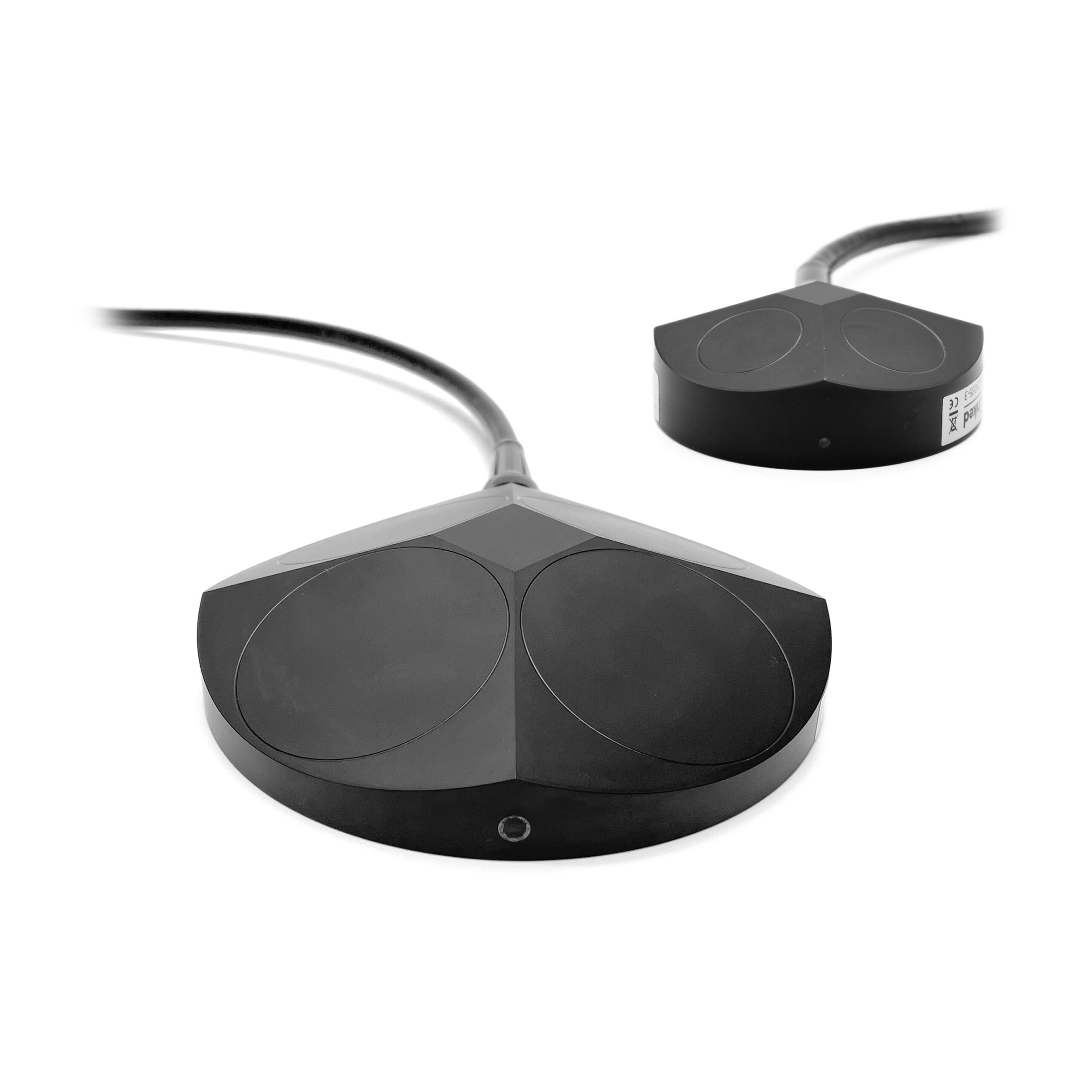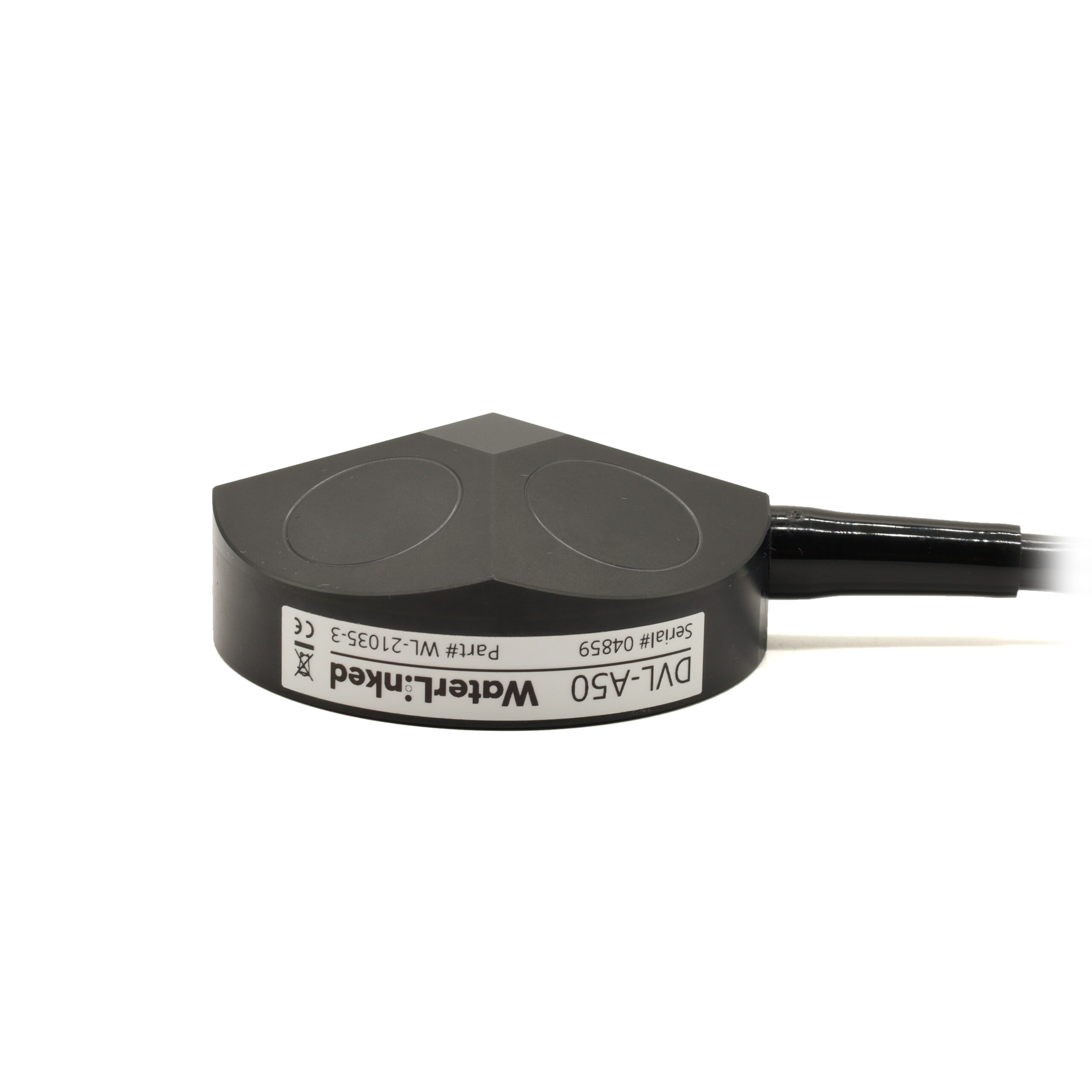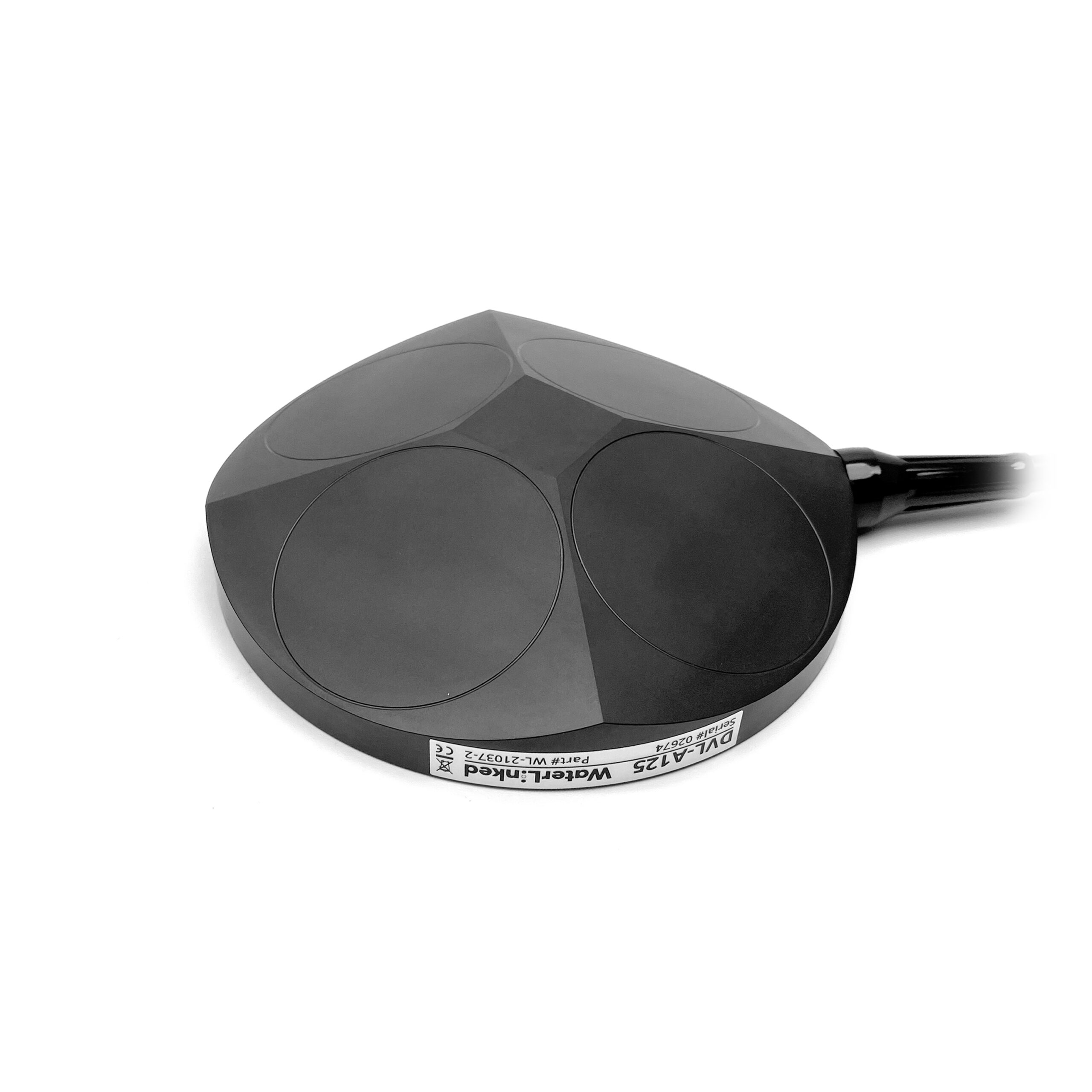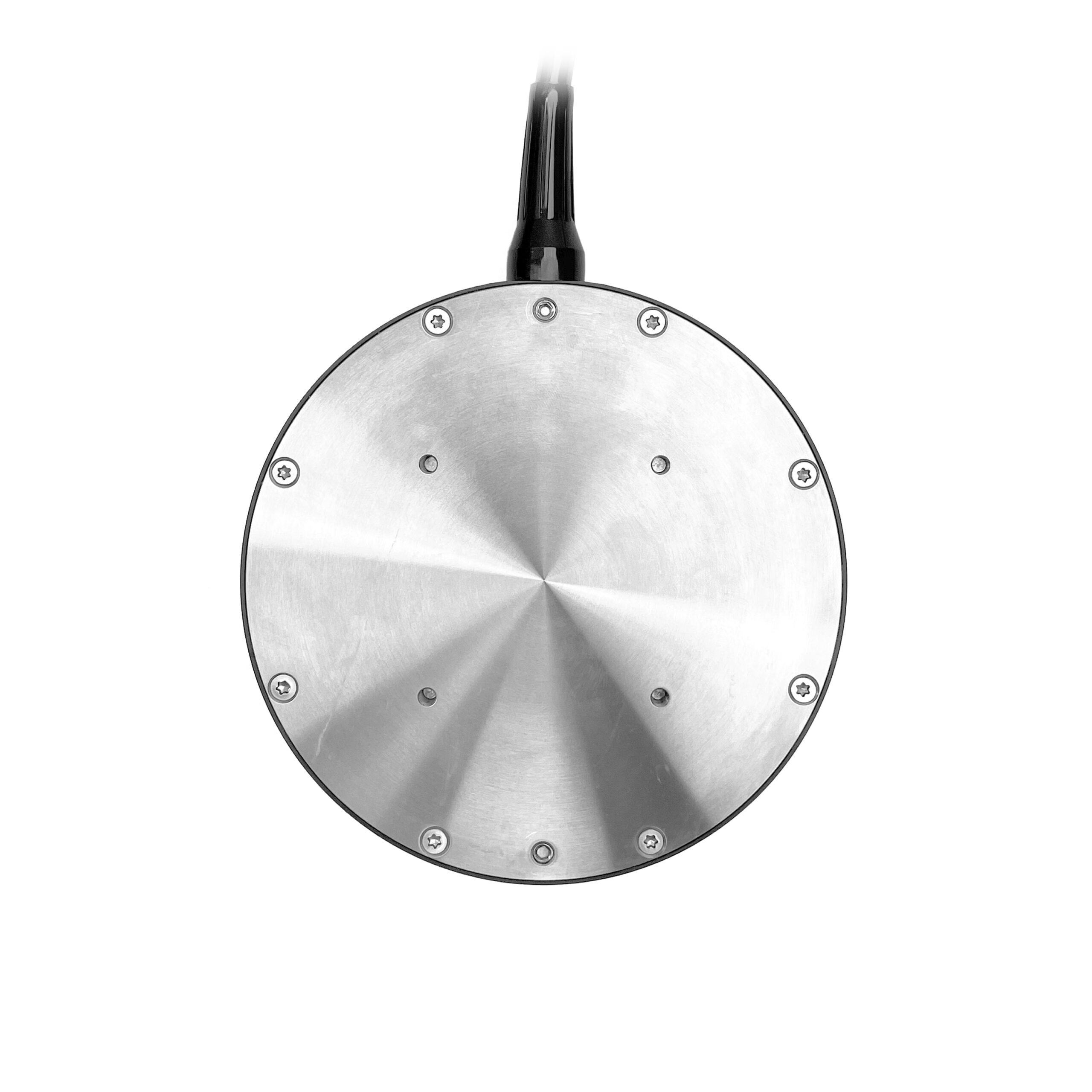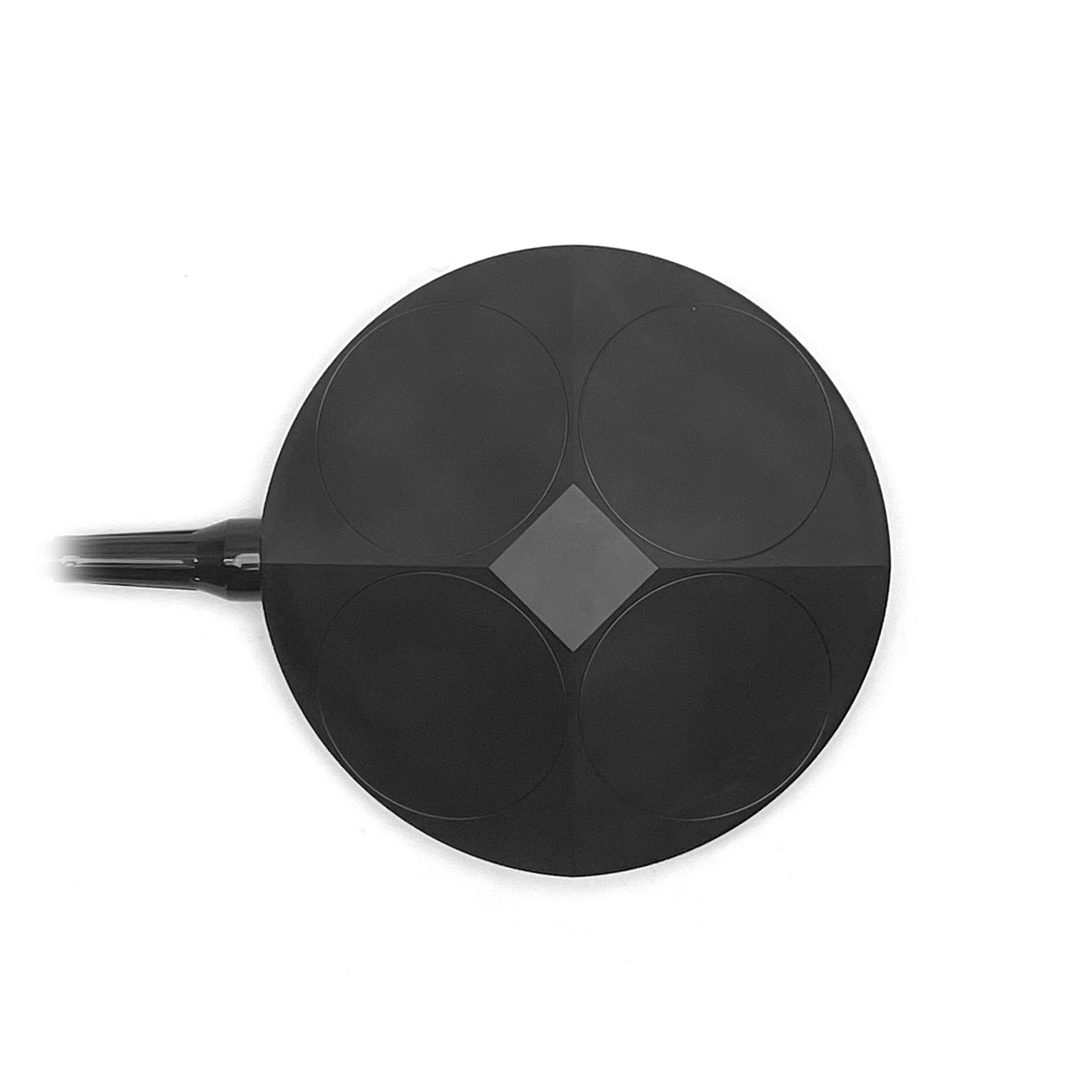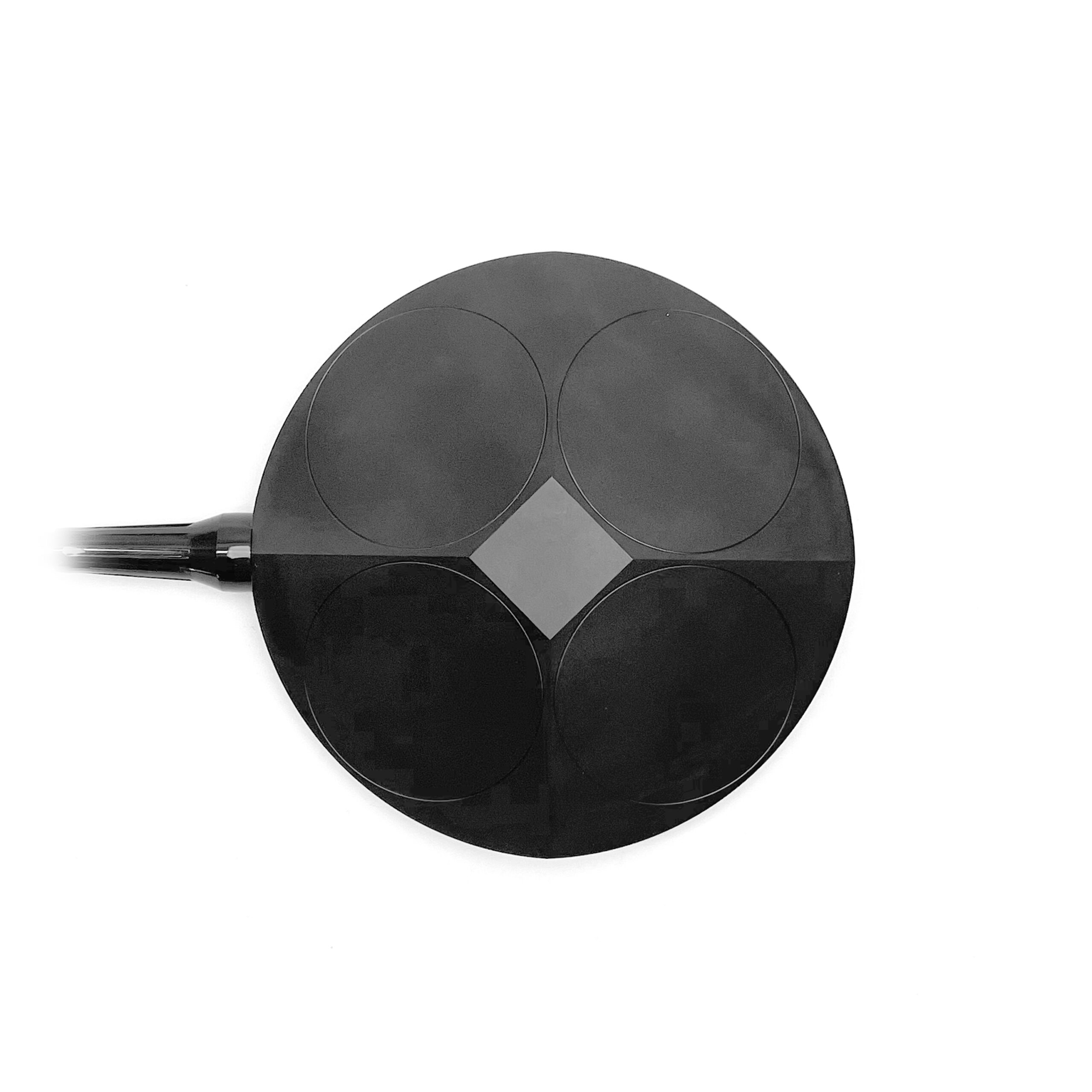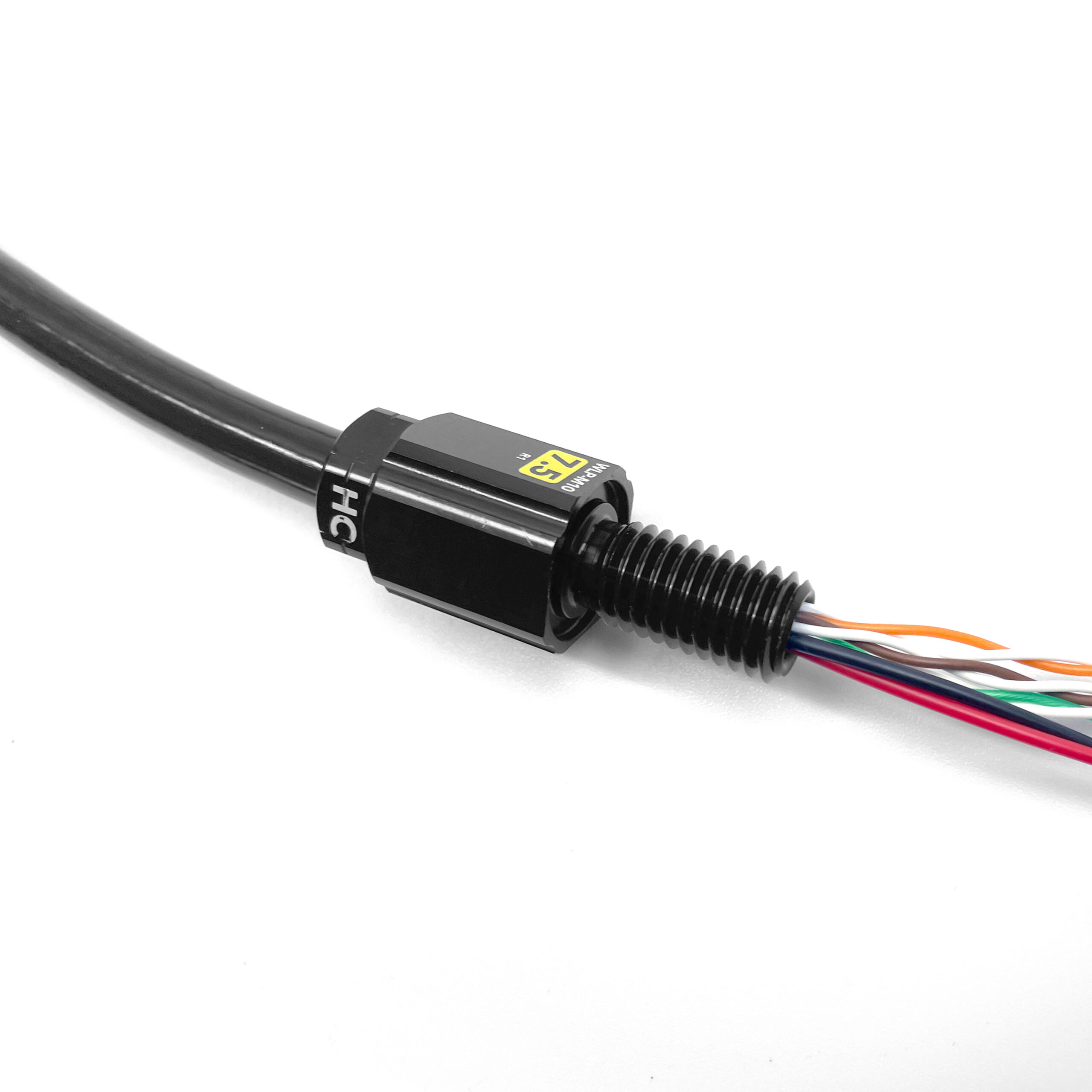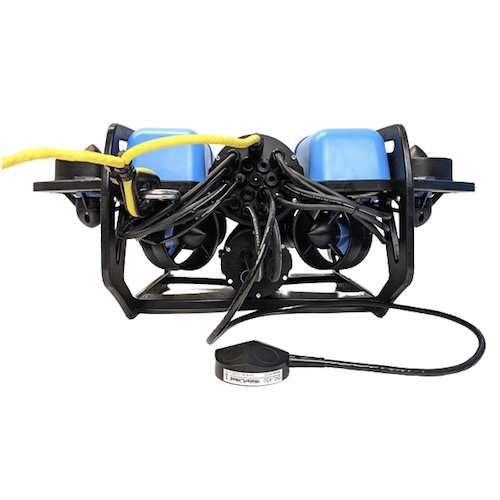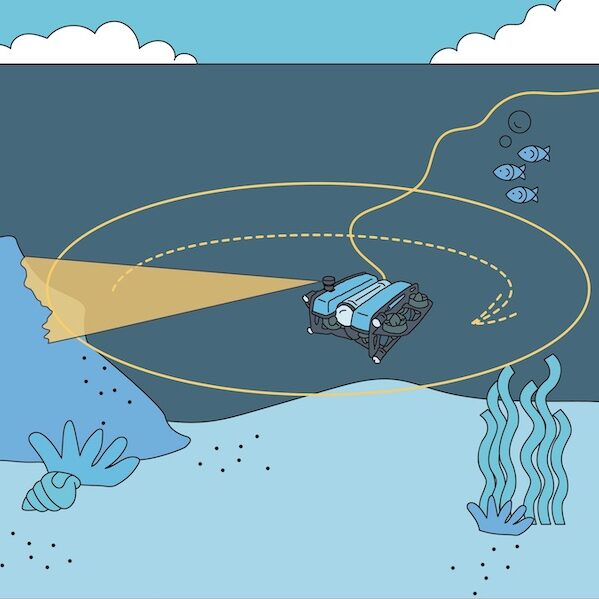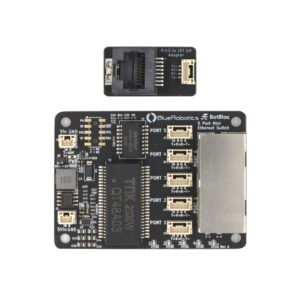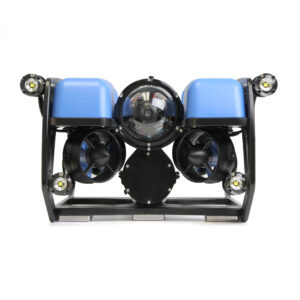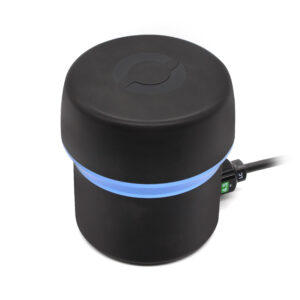The DVL A50 and A125 are high performance DVLs in insanely small packages that open the door to advanced capabilities on your ROV or AUV like position holding and autonomous navigation. Each variant comes with a pre-installed WetLink Penetrator, JST GH connectors for the Ethernet and serial ports, and spade connectors for power to make integration with the BlueROV2 and other vehicles as easy as possible.
The DVL A50 and A125 are both supported in BlueOS through the Water Linked DVL extension, enabling ROV position holding and navigation to augment your piloting experience.

